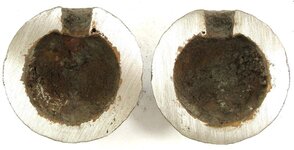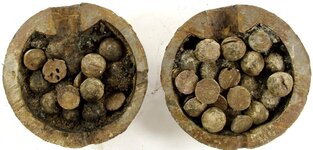Petrie502
Bronze Member
- Sep 2, 2012
- 1,115
- 432
- 🥇 Banner finds
- 1
- Detector(s) used
- UNITED STATES MARINE CORPS (Combat Marine retired)
SEMPER FIDELIS
- Primary Interest:
- Metal Detecting
Hey buddy I pretty sure this is a piece of a cannonball just need to know which one and about what a piece like this is worth dug from a major battle site off private land!! I think the casualties were close to 5,000! Anyhow any info would be greatly appreciated, I also dug a steel button kinda looks like a chicken button, it's the only one I've ever pulled that stuck to a magnet!! Thanks for any advice in advance!!
Amazon Forum Fav 👍
Attachments
-
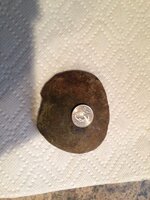 image-3096122432.jpg67.7 KB · Views: 127
image-3096122432.jpg67.7 KB · Views: 127 -
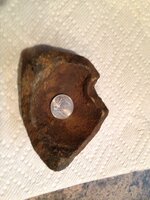 image-1717483237.jpg70.1 KB · Views: 106
image-1717483237.jpg70.1 KB · Views: 106 -
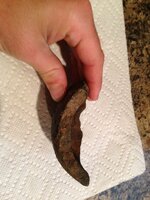 image-2868518513.jpg71.5 KB · Views: 114
image-2868518513.jpg71.5 KB · Views: 114 -
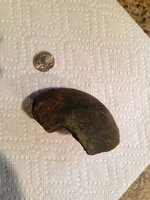 image-3601702576.jpg64.5 KB · Views: 101
image-3601702576.jpg64.5 KB · Views: 101 -
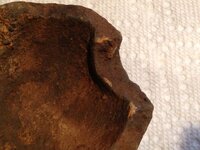 image-383954949.jpg70.3 KB · Views: 120
image-383954949.jpg70.3 KB · Views: 120 -
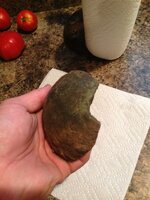 image-4255081177.jpg69.7 KB · Views: 101
image-4255081177.jpg69.7 KB · Views: 101 -
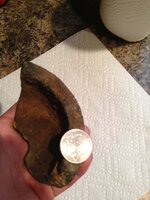 image-3880053975.jpg71.9 KB · Views: 97
image-3880053975.jpg71.9 KB · Views: 97 -
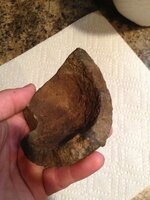 image-644106629.jpg66.5 KB · Views: 107
image-644106629.jpg66.5 KB · Views: 107
Last edited:






